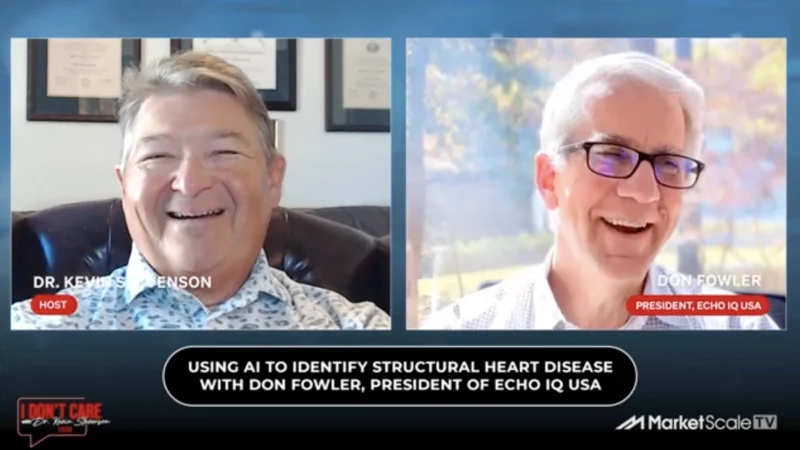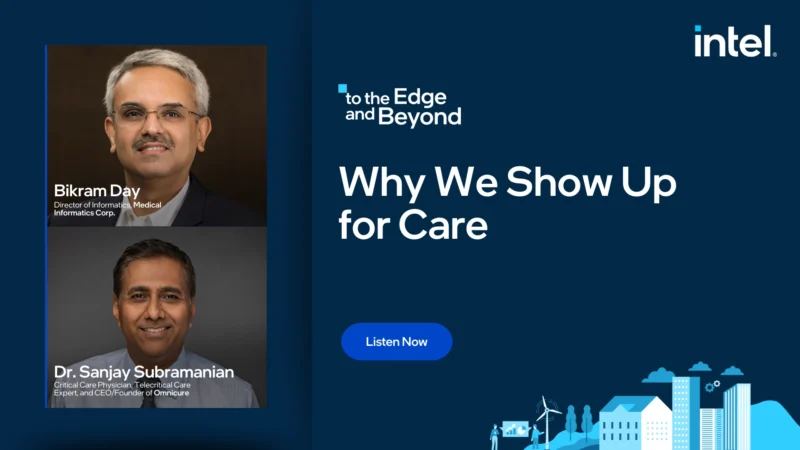Bridging Gaps in Instrument Tracking: A Global Perspective on SPD Innovation
In healthcare environments where precision and accountability are paramount, sterile processing departments (SPDs) play a critical behind-the-scenes role. As hospitals worldwide embrace technology to close compliance gaps and improve operational transparency, the introduction of patient-centric tracking tools marks a major leap forward. Tying surgical instruments directly to patient records not only strengthens traceability—it reinforces trust in the system. At military and international medical facilities, where logistics are often more complex, having a robust tracking platform becomes essential. Modules tailored to specific needs, like patient tracking or loaner equipment, offer SPDs better oversight and support compliance with evolving standards. But the challenges don’t end there—supply chain disruptions still pose a major hurdle, one that demands continued innovation and adaptability. To hear more about how this evolution plays out on the ground, meet Andrew Tony Green, Sterile Processing Manager at Landstuhl Regional Medical Center in Germany, and a frontline voice in the global SPD transformation.



